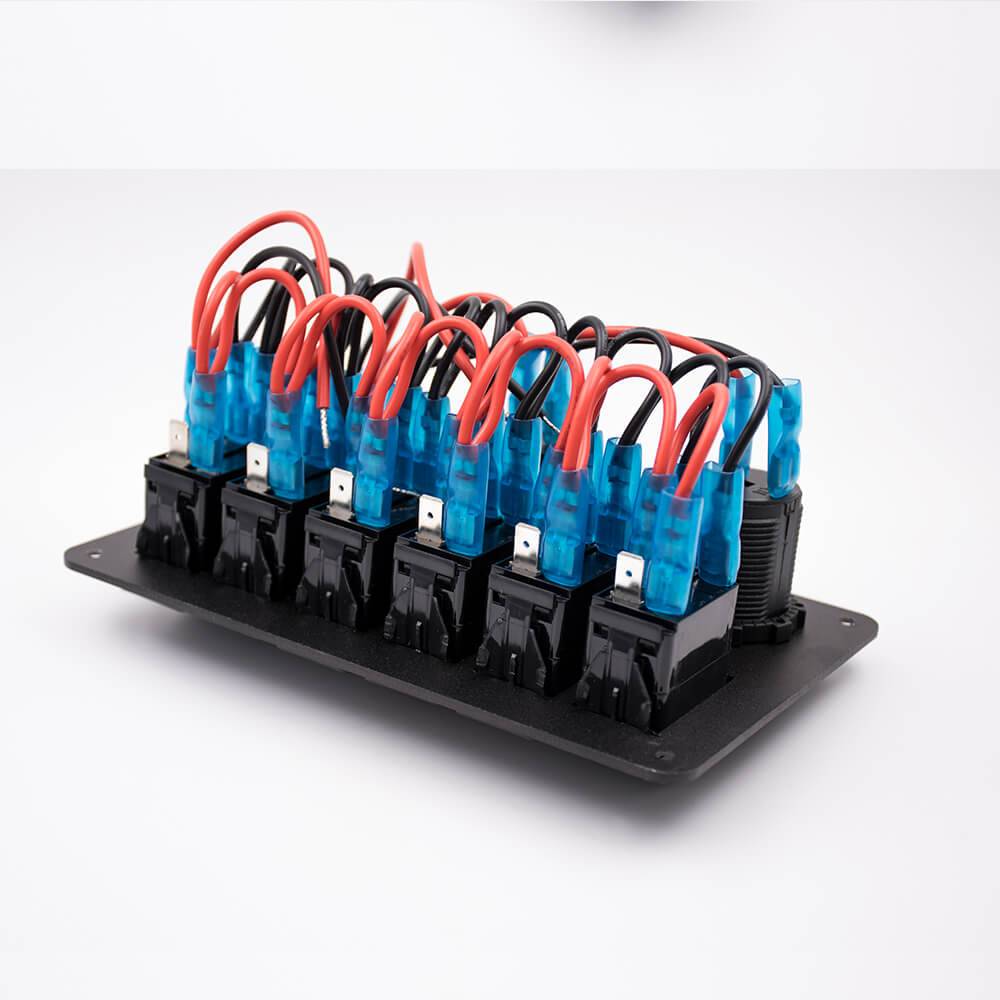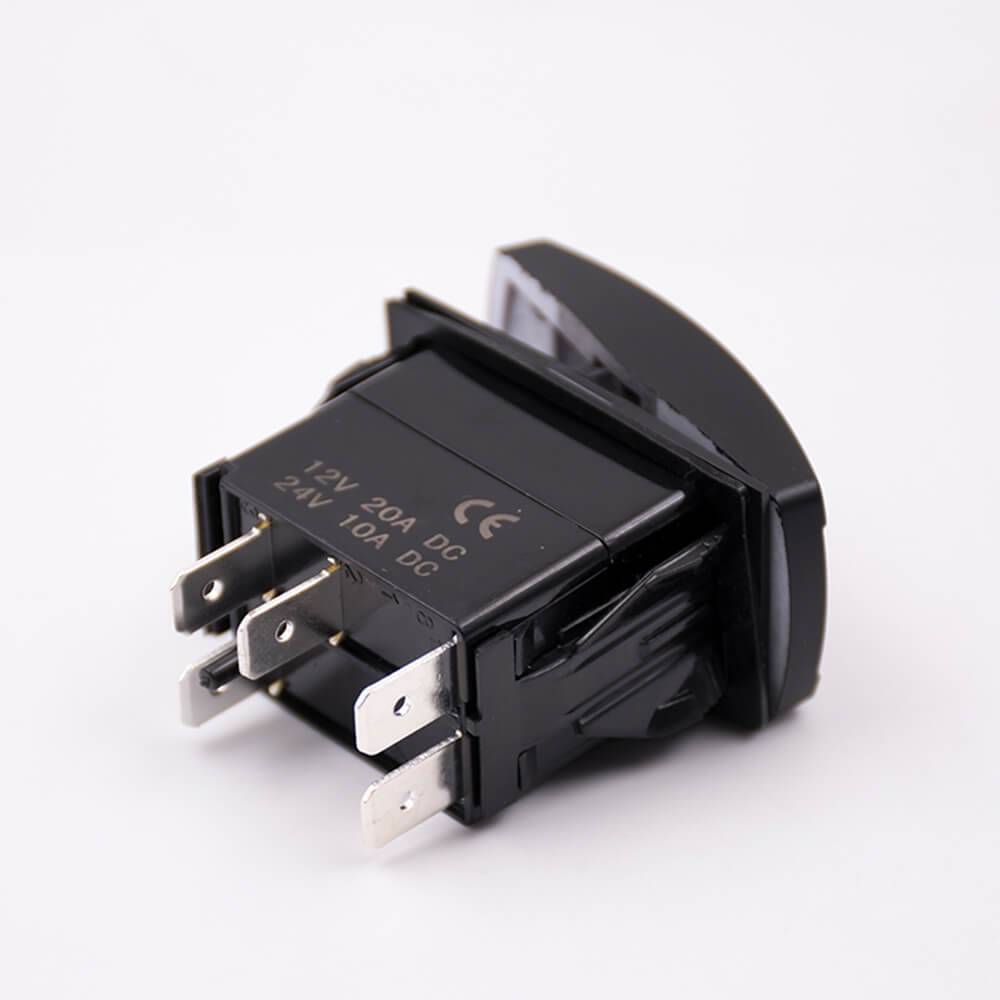Switches are the fundamental components that enable interaction and control within virtually every electronic and electrical system. From simple on/off functions to complex safety interlocks and sophisticated data inputs, their diversity and pervasive utility make them indispensable. This category explores the wide array of switch types, each meticulously designed to fulfill specific operational and user interface requirements.
These essential control elements offer:
-
Safety & Emergency Control: Designed for critical protection and immediate response, ensuring operational security.
- Emergency Stop Switches: Provide instant, accessible machinery shutdown in emergencies.
- Cable Pull Switches: Enable remote equipment shutdown from any point along a line, common in conveyor systems.
- Disconnect Switches: Fully isolate electrical equipment, crucial for maintenance safety.
- Interlock Switches: Prevent operation when safety guards are open, enforcing critical protocols.
-
Direct Mechanical Control: Offer intuitive, physical interaction for operational command.
- Pushbutton Switches: Momentary or latching, ideal for direct command input in machinery and user interfaces.
- Toggle Switches: Simple lever-action for distinct on/off or state changes in panels and power controls.
- Rocker Switches: Common in appliances and power strips, providing clear on/off status via a rocking motion.
- Rotary Switches: Select specific settings or positions by rotational movement, offering precise control.
- Selector Switches: Often key or lever-operated, used for mode selection in control systems.
- Slide Switches: Compact, linear-action switches for small electronics and handheld devices.
-
Input & Interface Solutions: Facilitate user configuration, data entry, and system interaction.
- DIP Switches: Small, board-mounted switches for manual configuration settings in hardware.
- Keypad Switches: Enable multi-key data input for access systems, phones, or control panels.
- Programmable Display Switches: Combine digital visual feedback with interactive control, allowing dynamic input.
- Tactile Switches: Provide clear haptic feedback upon actuation, common in keyboards and precision controls.
- Thumbwheel Switches: Offer direct numerical input via a rotating wheel, often for setting values.
From safeguarding industrial machinery to enabling intuitive user interfaces, switches are the omnipresent guardians and facilitators of electronic functionality. Their continuous evolution reflects the increasing complexity and safety demands of modern systems.




 0
0
